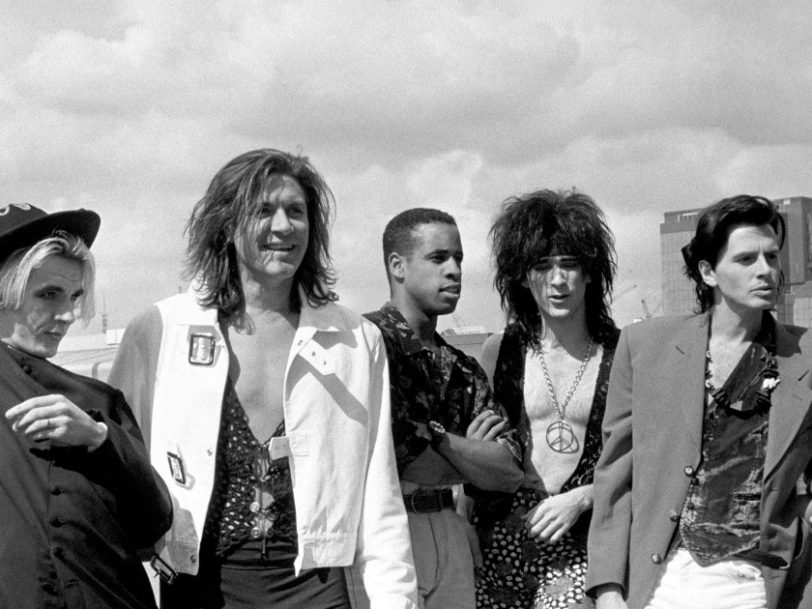When the newly launched MTV picked up on Hungry Like The Wolf, Duran Duran were barely known in the US. Beyond a scattering of interest along the tastemaker East and West Coasts, the British five-piece had yet to break the Billboard Hot 100, and it would take a later reissue for their self-titled debut album to crack the Billboard 200’s Top 10.
However, the revolutionary video-music channel would change Duran Duran’s fortunes – and enable the so-called Second British Invasion of the charts, with a clutch of bands such as The Human League, Soft Cell, ABC and Spandau Ballet also set to benefit.
Listen to the best of Duran Duran here.
An instinctive grasp of visuals
Easily one of the best Duran Duran songs, Hungry Like The Wolf is a punchy power-pop composition, written by the band, which evolved during lengthy sessions for their second album, May 1982’s Rio. Recording with the late Colin Thurston, who reprised his role as producer, had taken place the previous winter at London’s AIR Studios, with a set of fresh demos offering an innovative genesis for the project that would transform the group into global superstars.
With its credible rock-guitar anchor, urgent funk-disco hooks and of-the-moment screaming synth top notes, Hungry Like The Wolf served as the strongest possible re-introduction to the band that, notoriously, straddled the polarised genres of punk, rock and disco. What unified such a strange blend of influences was the group’s instinctive grasp of visuals in the new video age, in which performance and presentation carried at least equal weighting to the music. Duran Duran had already proved they could create innovative promo clips, such as the one they had made for Girls On Film, lifted for single release from their debut album. For Rio, the band mastered the art of international hit-writing, too.




